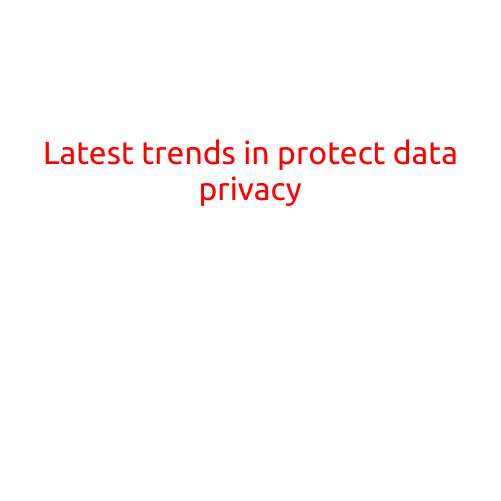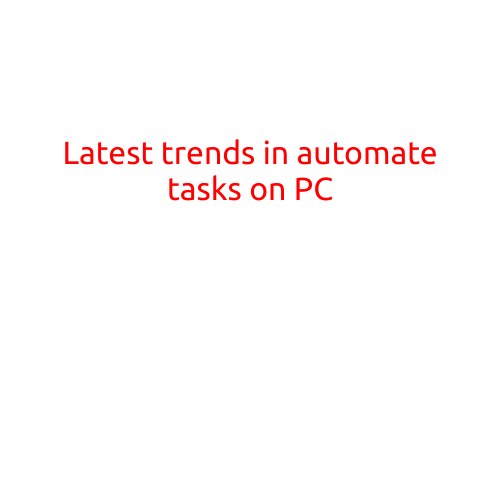
Latest Trends in Protecting Data Privacy
In today’s digital age, data privacy has become a growing concern for individuals and organizations alike. With the increasing amount of personal data being collected, stored, and shared online, protecting data privacy is more important than ever. In this article, we’ll explore the latest trends in data privacy and discuss the technologies and strategies being used to safeguard sensitive information.
1. The Rise of Zero-Trust Security
The traditional approach to data security, which relies on firewalls and network access controls, is no longer sufficient in today’s cloud-based and IoT (Internet of Things) world. The latest trend is shifting towards a zero-trust security model, where every device, user, and transaction is verified and authenticated before access is granted. This approach eliminates the concept of a “trusted network” and ensures that only authorized users have access to sensitive data.
2. Encryption and Cryptography
Encryption is a crucial aspect of data privacy, and the latest trend is towards advanced encryption techniques such as homomorphic encryption, quantum-resistant encryption, and multi-factor authentication. These technologies enable secure data transmission and storage, while also ensuring that only authorized parties can access sensitive information.
3. Artificial Intelligence (AI) and Machine Learning (ML) in Data Protection
AI and ML are being increasingly used to detect and prevent data breaches. These technologies can analyze vast amounts of data, identify patterns, and flag suspicious activity in real-time, enabling organizations to respond quickly to potential threats. Additionally, AI-powered tools can also help detect anomalies in user behavior, making it more difficult for cybercriminals to evade detection.
4. The Importance of Transparency and Accountability
Data privacy regulations such as the General Data Protection Regulation (GDPR) and the California Consumer Privacy Act (CCPA) emphasize the importance of transparency and accountability in data handling. The latest trend is towards organizations being more transparent about how they collect, store, and use personal data, as well as providing clear and concise information about data privacy practices.
5. Biometric Authentication
Biometric authentication, such as face recognition, fingerprint scanning, and voice recognition, is becoming increasingly popular in data privacy. These technologies provide an additional layer of security and authentication, making it more difficult for attackers to gain unauthorized access to sensitive information.
6. Data Masking and Anonymization
Data masking and anonymization are techniques used to protect sensitive information by hiding or altering personal data. These techniques are critical in data privacy, as they enable organizations to use sensitive data for analytics and machine learning purposes while minimizing the risk of data breaches.
7. The Role of Edge Computing in Data Privacy
Edge computing is a distributed computing model that enables data processing and analysis closer to the source of the data. This approach can help reduce data transmission latency and secure data in-transit, making it an attractive option for organizations in highly regulated industries such as finance, healthcare, and defense.
Conclusion
Protecting data privacy is a critical task in today’s digital world. The latest trends in data privacy, including zero-trust security, encryption, AI-powered data protection, transparency, biometric authentication, data masking, and anonymization, offer organizations a range of tools and strategies to safeguard sensitive information. By staying informed about these trends and technologies, organizations can better protect their data and build trust with their customers.





